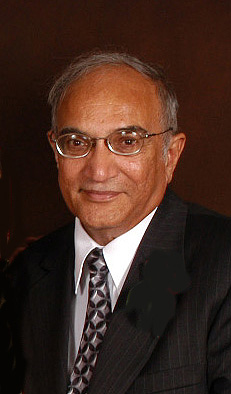|
|
Click here for our Spec Sheets
Thank you for visiting Rexon Components and TLD Systems Incorporated!
Please click HERE to learn about different crystal scintillator types!
A popular method for the detection of gamma-rays involves the use of crystal scintillators. The general description of a scintillator is a material that emits low-energy (usually in the visible range) photons when struck by a high-energy charged particle. When used as a gamma-ray detector, the scintillator does not directly detect the gamma-rays. Instead, the gamma-rays produce charged particles in the scintillator crystals which interact with the crystal and emit photons. These lower energy photons are subsequently collected by photomultiplier tubes (PMTs).
When gamma-rays pass through matter, they can undergo three basic processes: Compton scattering, photoabsorption, or pair production. Each of these processes can create high-energy electrons or anti-electrons (positrons) which interact in the scintillator as charged particles. By adding up the energy collected in the surrounding photomultiplier tubes, we can determine the energy of the gamma-ray detected.
Scintillators can be made of a variety of materials, depending on the intended applications. The most common scintillators used in gamma-ray detectors which are made of inorganic materials are usually an alkali halide salt, such as sodium iodide (NaI) or cesium iodide (CsI). To help these materials do their job, a bit of impurity is often added. This material is called an 'activator'. Thallium and sodium are often used for this purpose. So one often sees detectors described as NaI(Tl), which means it is a sodium iodide crystal with a thallium activator, or as CsI(Na), which is a cesium iodide crystal with a sodium activator.
Inorganic scintillators have been used as gamma-ray detectors aboard many space-based missions to observe sources of cosmic gamma-radiation. These missions include: the Compton Gamma-Ray Observatory (CGRO), the first High Energy Astrophysical Observatory (HEAO-1), and the Rossi X-Ray Timing Explorer (RXTE). The GLAST Gamma-Ray Burst Monitor will use 12 NaI scintillators and 2 bismuth germanate (BGO) detectors to cover the entire sky and be sensitive to gamma-rays between a few keV and 25 MeV.
In addition to the above, we also specialize in radiation detector, radiation badges, crystal scintillation, crystal scintillator and crystal scintillators, and many more practical applications.
|
Dr. M. R. Farukhi, the founder of REXON, has served in various capacities at Harshaw ----Group
Leader for Measurements (R/D), Director of Production Engineering, Marketing Engineer for Nuclear
Detectors and finally as Manager - Nuclear Products and Systems. In addtion to working on Harshaw X-ray scintillator units, and Harshaw scintillator detectors, these are also available through our company. Several Publications authored by Dr. Farukhi now serve as references for the properties of Scintillators. Contact the factory or visit the
website for a list of publications, notes and for requesting copies. |

Dr. M.R. Farukhi, founder, CEO
|
Keywords: scintillation detector scintillation detectors
© Copyright Rexon Components ,Inc.
24500 High Point Road, Beachwood, OH. 44122
(O) 216.292.7373 (F) 216.292.7714
Best viewed with Mozilla
|
